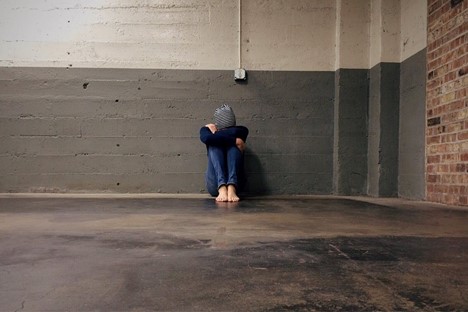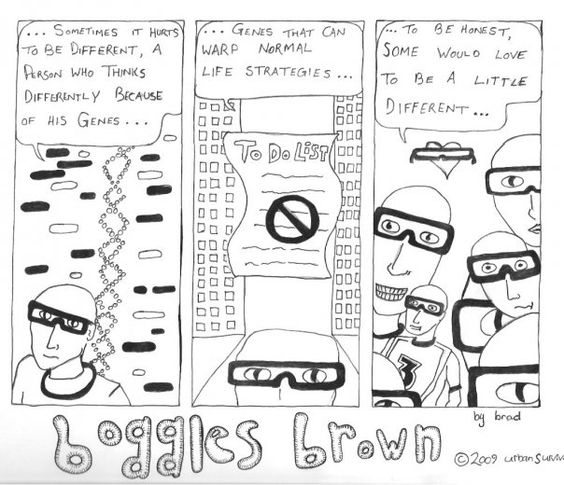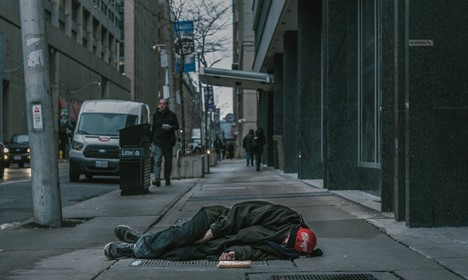
There is no point in sugar-coating the fact that transitioning from homelessness to renting can be quite difficult for an individual, especially in cities like Toronto or Vancouver. From a landlord’s perspective, these markets are full of eligible and desirable tenants, so why would they lend their property to someone without any reference and an unstable (or non-existing) rental history.
This is a challenge most homeless people face, even when they have found a stable job and have enough money for a deposit. Finding rental housing without references can be tough but not impossible. There are a few things you can do:
1. Seek out your regional Housing First* program. It’s designed to help homeless people find stable homes. You’d need to contribute a portion of your income (ideally 30% or more) while the rest would be covered by rent subsidies. It also helps you establish a rent history that can open up more rental housing options for you.
2. Provide potential landlord proof of stable income. If you’ve been working for a while, bring your last three payslips and, preferably, a letter from your employer stating your good behavior (and that they don’t have any plans to let you go in the foreseeable future).
3. If you have a stable income and money for monthly rent but not the deposit, charities like Canadian Red Cross and Salvation Army might assist you (financially). With a decent deposit amount (say three-months rent), you might be able to convince potential landlords to rent to you, even if you don’t have references.
4. Don’t fake a reference history. It is a huge red flag, and if you get caught, it might disrupt your chances of renting with other landlords as well.
5. Talk to the people who are running emergency shelters. They might be able to guide you to individuals who might be inclined to rent to you without references, just to pull you out of homelessness. If not, they might be able to put you in touch with local housing assistance programs you might not be aware of.
Be honest, talk to the people helping homeless individuals in your community, try to save as much money as you can for rent and deposit, find a co-signer if you can, and make sure your employer puts in a good word for you.
*https://www.bchousing.org/projects-partners/funding-opportunities/RHFP



